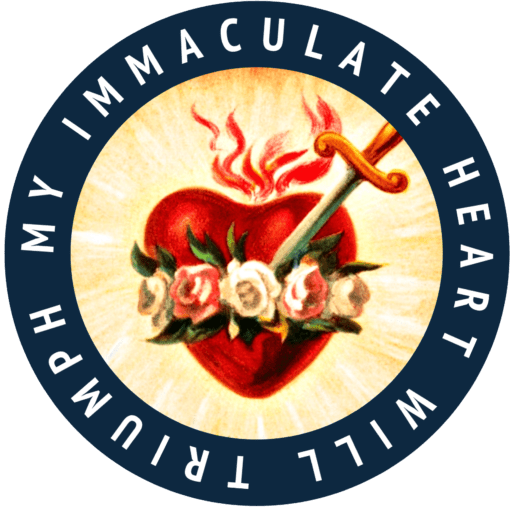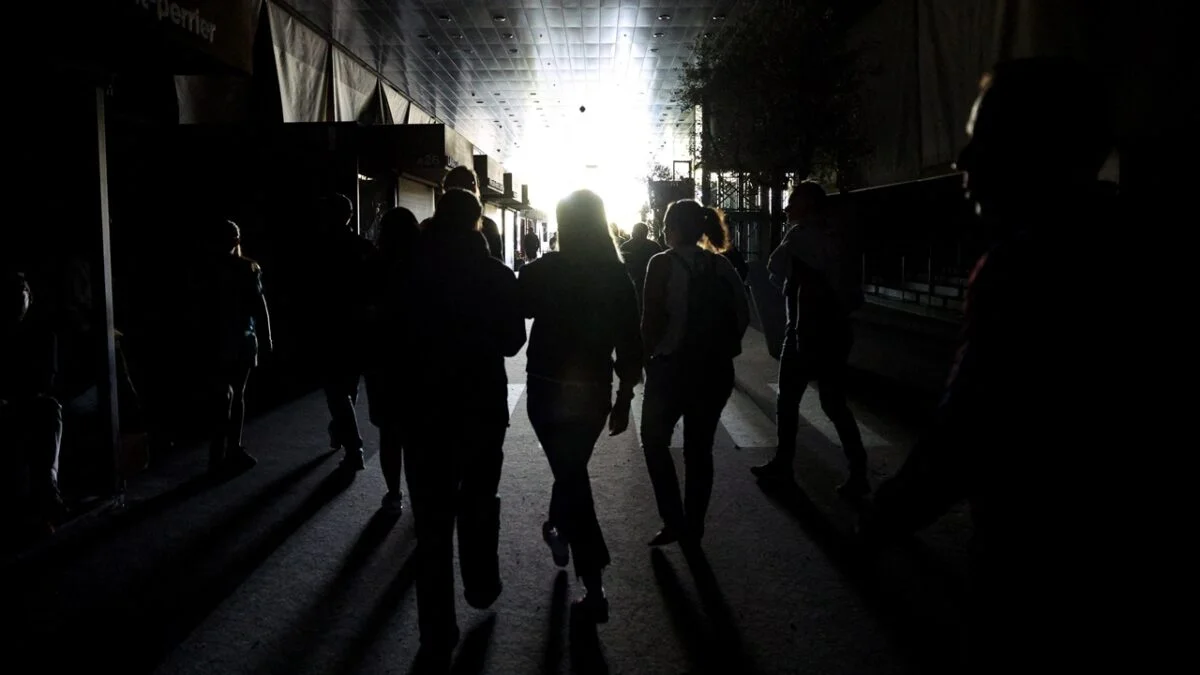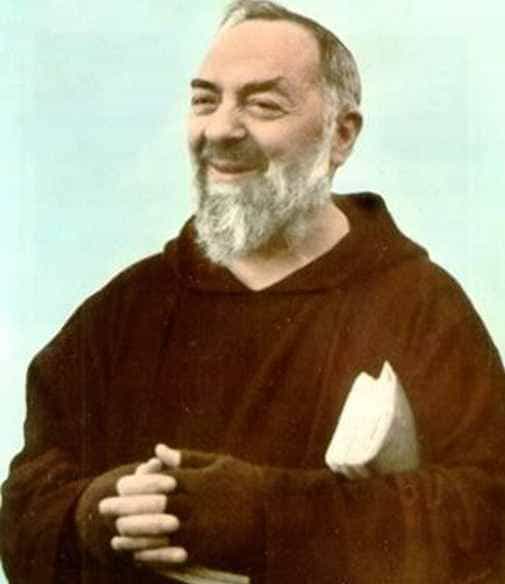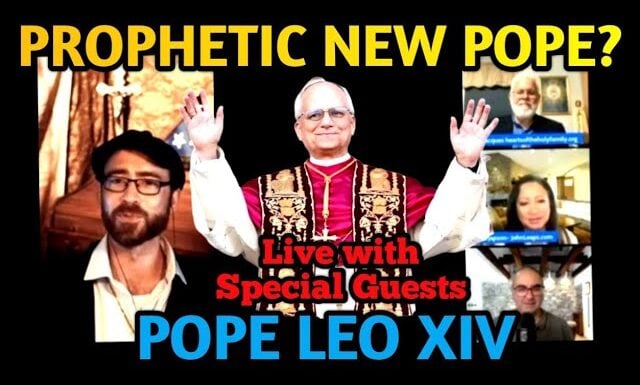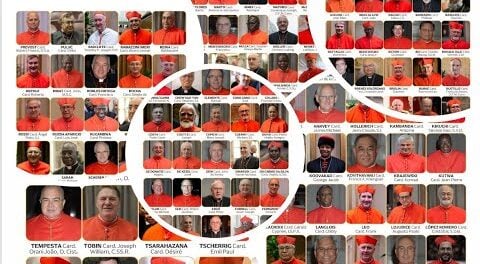
Tag: catholic miracles
-
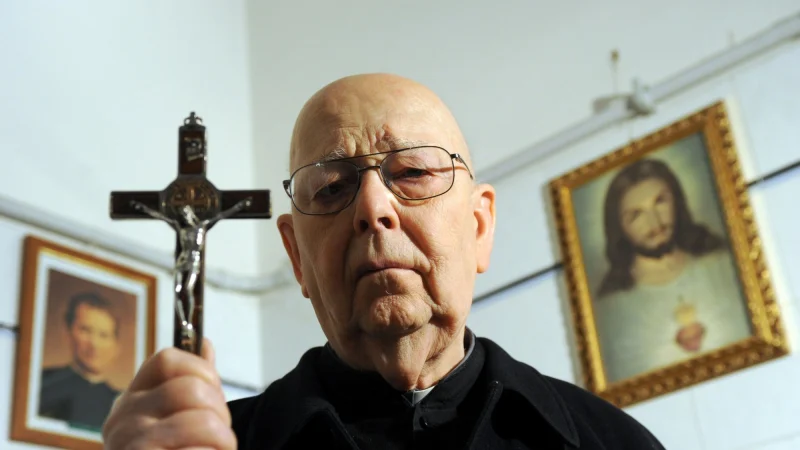
AN EXORCIST TELLS HIS STORY – GABRIELE AMOTH | FREE DOWNLOAD
Read More: AN EXORCIST TELLS HIS STORY – GABRIELE AMOTH | FREE DOWNLOADPowered By EmbedPress
-
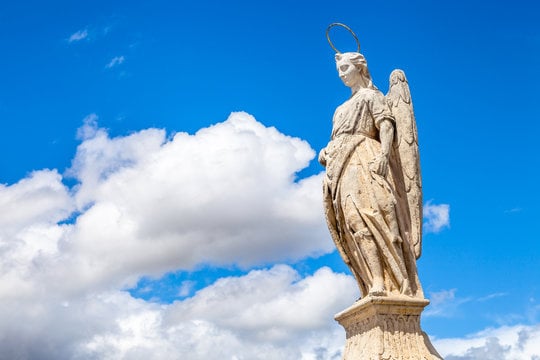
The Apparition of St. Raphael in Córdoba, Spain (16th Century)
Read More: The Apparition of St. Raphael in Córdoba, Spain (16th Century)The Apparition of St. Raphael in Córdoba, Spain (16th Century) ✨ A Heavenly Messenger in Troubled Times In the heart of Córdoba, Spain, during the 16th century, a miraculous event took place that reaffirmed the city’s deep Catholic faith. St. Raphael the Archangel, known as the angel of healing and divine guidance, appeared to a…
-
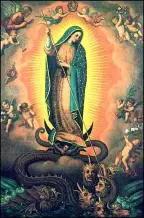
Why Satan Fears Mary?
Read More: Why Satan Fears Mary?Why Satan Fears Mary: A Simple and Devout Catholic Perspective When we think of spiritual warfare, the Virgin Mary might not be the first figure who comes to mind. Yet, for centuries, the Church has taught that Satan fears Mary deeply. This belief, grounded in Scripture and Catholic tradition, reveals her unique role in the…
-
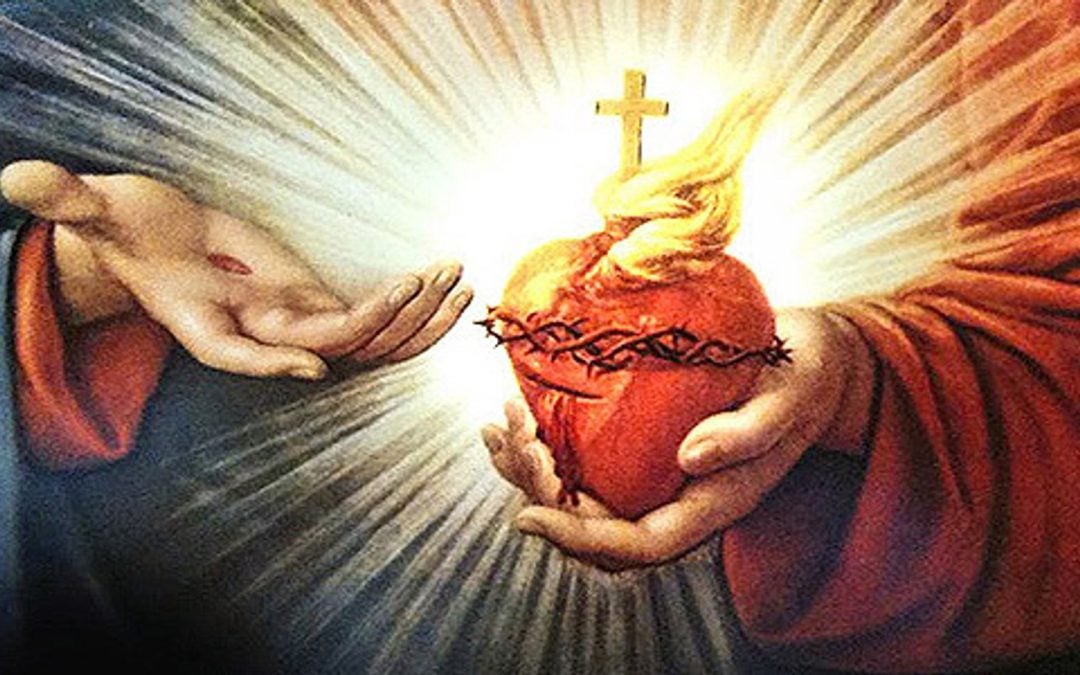
Holy Hour of Reparation to the Sacred Heart of Jesus (Free Printable Download)
Read More: Holy Hour of Reparation to the Sacred Heart of Jesus (Free Printable Download)Download Free from Below! Powered By EmbedPress
-

Time Travelling Confirmed! Time Travel for Beginners (for Catholics only!)
Read More: Time Travelling Confirmed! Time Travel for Beginners (for Catholics only!)By K.V. Turley (NC Register) Who has not dreamt of time travel? My version of this came one day in an out of the way bookstore some years back. Browsing the shelves of used books is always interesting. Often, the more shabby the emporium, the rarer the gems to be found there. Such was the…
-
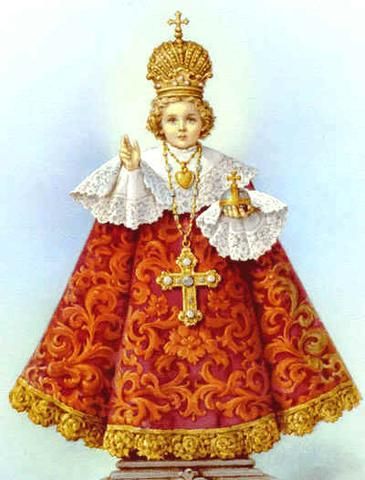
Pray This 9-Hour Novena for an Urgent Need!
Read More: Pray This 9-Hour Novena for an Urgent Need!Many Catholics are familiar with the concept of a novena, which involves praying for nine consecutive days for a particular intention. While this is often very effective, some are in need of a more urgent response from God, and turn to a 9-hour novena prayed in a single day. The novena can also be prayed for nine consecutive…
-

Catholic Man Protected His Home From L.A Wildfire Through Epiphany House Blessing
Read More: Catholic Man Protected His Home From L.A Wildfire Through Epiphany House Blessing“A thousand may fall at your side, ten thousand at your right hand, but it will not come near you.” Psalm 91:7 This Bible verse emphasizes God’s protection and care for those who trust in Him. Amen Catholic man’s house in Altadena miraculously spared from fire. He gives credit to God through the gace received from the…
-
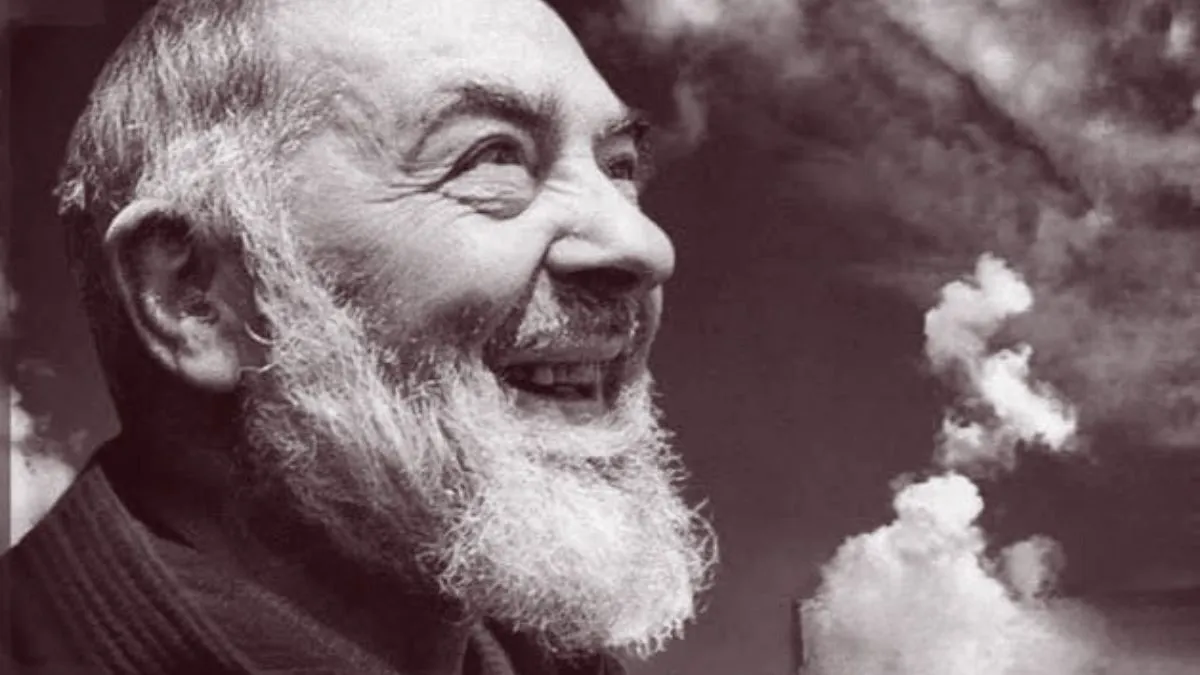
Miracle! St. Padre Pio Provides Long Distance Assistance: St. Padre Pio’s Bilocation Helps a Family
Read More: Miracle! St. Padre Pio Provides Long Distance Assistance: St. Padre Pio’s Bilocation Helps a FamilyThe Holiness of St. Padre Pio There are a number of reasons for this. Many might cite the fact that he received many extraordinary graces including visions, the stigmata, bilocation, and even miracles attributed to his intercession. However, it should always be noted that Holy Mother Church never raises a man or woman to the…
Search
Popular Posts
-
🙏 A New Chapter Begins: Supporting Pope Leo XIV with Prayer and Hope | W/ Daniel O’Connor
“Give the new pope a break and support him with your prayers.”–…
-
Possible Candidates for The Next Pope!
Some Candidates for the New Papacy Today we will share with you…
Categories
Archives
Tags
#Miracles (102) 2023 (4) 2024 (4) approved miracles (2) catholic (141) catholic blog (375) catholic meditations (7) catholic miracles (371) catholic motivation (2) catholic news (371) catholic prayers (4) CatholicSeers (359) catholic vlog (375) catholic websites (6) Eucharistic miracle (2) fr jim blount (3) GisellaCardia (11) hamas (3) imitation of christ (2) Israel (4) israel live (5) Israel news (9) jesus (3) jesus christ (4) Latest messages (11) lent 2023 (10) lent 2024 (4) lent homily (2) lent retreat (4) lent retreat 2023 (3) Lourdes (2) messages from god (6) MessagesFromHeaven (364) miracles of catholic church (2) mother and refuge (2) ourlady (325) OurLadyApparitions (22) our lady of lourdes (2) Pope (2) POPE francis (3) pope francis news (2) prayers (3) real miracles (356) sacred heart of jesus (2) The Miracles of Lourdes (2)
